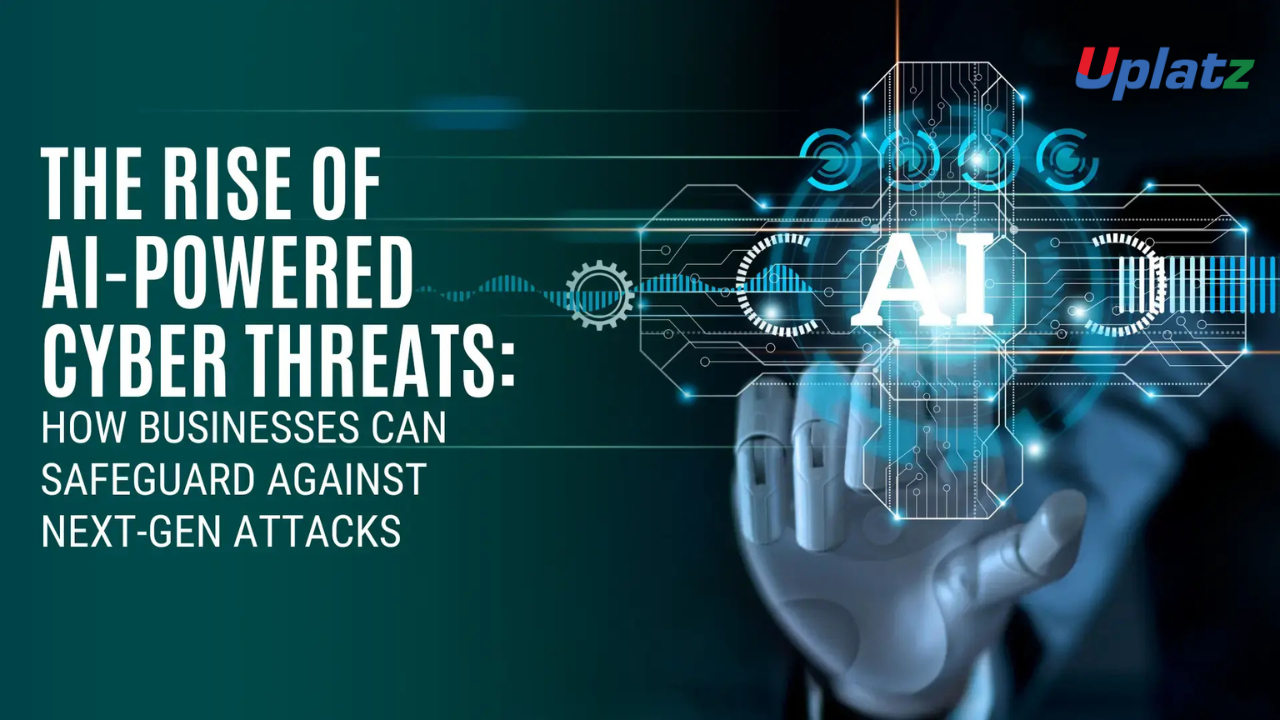Summary
As artificial intelligence becomes a core component of both offensive and defensive cybersecurity operations, developers face growing pressure to write code that anticipates and withstands intelligent threats. This blog explores emerging cyber risks enabled by AI and outlines advanced coding practices to build resilient, secure systems. From adversarial defense to secure-by-design principles, it offers a forward-looking guide to protecting software systems against AI-driven attacks.
Career Path – Cybersecurity Engineer By Uplatz
Introduction to AI-Powered Cybersecurity
AI-powered cybersecurity is now a necessity in defending digital environments against sophisticated attacks. With AI rapidly transforming both offensive and defensive security tools, organizations must shift their development priorities. As attackers increasingly deploy intelligent technologies like machine learning and generative AI, traditional security approaches are falling short. To effectively counteract these modern threats, developers must implement forward-looking defense strategies from the ground up.
This post outlines the key challenges of AI-based threats and introduces practices that developers can adopt to enhance resilience. For foundational best practices in coding securely, visit the OWASP Foundation.
Emerging Threats Shaping the Cybersecurity Landscape
The nature of cybersecurity threats is evolving due to AI. Notable examples include:
- Automated Reconnaissance Bots that scan for vulnerabilities rapidly.
- AI-Generated Phishing using natural language generation to deceive users.
- Adversarial ML Attacks that manipulate models via crafted input.
- Synthetic Identities built to bypass verification.
- Self-Evolving Malware that adapts to defenses in real time.
These highlight the importance of adaptive and proactive security strategies. For deeper threat analysis, refer to the MITRE ATT&CK Framework.
Key Secure Coding Practices for AI-Era Systems
- Secure-by-Design Development
- Apply modern cybersecurity principles from the start.
- Enforce least privilege access and secure defaults.
- Encrypt data in transit and at rest.
- Adversarial Testing and Simulation
- Use fuzzing and AI-generated scenarios to stress-test code.
- Identify model weaknesses against manipulation.
- Real-Time Threat Detection in Code
- Integrate hooks for behavior-based detection.
- Automate alerts and audit logs for anomalies.
- Secure API and Interface Design
- Implement zero-trust authentication.
- Rate-limit requests to deter bot-based abuse.
- Multimodal Input Protection
- Scan media for embedded threats.
- Filter language inputs to block social engineering attacks.
- Continuous Learning and Response Updates
- Stay current with evolving exploits.
- Automate patching and integrate secure CI/CD pipelines.
- Keep teams trained in AI-aware defensive protocols.
Cybersecurity in the Software Industry
Strong security practices are now essential. The spread of AI in digital infrastructure is reshaping:
- Software Development: Increasing demand for security-first frameworks.
- Security Products: AI-integrated tools like firewalls and detection systems.
- Regulatory Compliance: Rising need for secure-by-default policies.
To explore real-world use cases, see Google Cloud’s AI security overview.
Developer Responsibilities in Intelligent Cyber Defense
Developers are key in defending systems:
- Use AI responsibly in detection mechanisms.
- Validate all models before deployment.
- Conduct regular threat modeling and audits.
Strategic efforts should focus on team training, secure environments, and adversarial readiness. You can explore training programs on Cybersecurity & Infrastructure Security Agency (CISA).
Ethics and Transparency in Intelligent Security Systems
AI tools must balance security and civil responsibility:
- Ensure model explainability and auditability.
- Test for bias that may unfairly target users.
- Prioritize privacy and minimal data use.
Trust in AI-enhanced security depends on ethical implementation.
Examples of Intelligent Cybersecurity in Action
- Secure Chatbots using input filtering to block injection.
- Fraud Detection with adaptive learning to counter evasion.
- IoT Gateways applying AI for local threat prevention.
Conclusion: Future-Proofing with AI-Powered Cybersecurity
The future of cybersecurity hinges on adaptive, intelligent defense. By embedding AI-powered cybersecurity into development and operations, organizations can counter increasingly sophisticated threats.
Security isn’t just a feature—it’s a principle. Coded line by line.
References
- Brundage, M., et al. (2018). The Malicious Use of Artificial Intelligence: Forecasting, Prevention, and Mitigation. https://arxiv.org/abs/1802.07228
- Goodfellow, I., Shlens, J., & Szegedy, C. (2015). Explaining and Harnessing Adversarial Examples. https://arxiv.org/abs/1412.6572
- Papernot, N., McDaniel, P., Goodfellow, I., et al. (2016). Practical Black-Box Attacks Against Deep Learning Systems Using Adversarial Examples. https://arxiv.org/abs/1602.02697
- Doshi-Velez, F., & Kim, B. (2017). Towards A Rigorous Science of Interpretable Machine Learning. https://arxiv.org/abs/1702.08608
- Chesney, R., & Citron, D. K. (2019). Deep Fakes: A Looming Challenge for Privacy, Democracy, and National Security. https://papers.ssrn.com/sol3/papers.cfm?abstract_id=3213954
- Kairouz, P., et al. (2021). Advances and Open Problems in Federated Learning. https://arxiv.org/abs/1912.04977
- NIST. (2020). Zero Trust Architecture (SP 800-207). https://doi.org/10.6028/NIST.SP.800-207
- MITRE Corporation. (2023). MITRE ATT&CK® Framework. https://attack.mitre.org/
- Microsoft. (2024). Digital Defense Report. https://www.microsoft.com/en-us/security/business/security-intelligence-report
- Gartner. (2023). Top Security and Risk Management Trends. https://www.gartner.com/en/newsroom/press-releases/2023-03-27-gartner-identifies-top-security-and-risk-management-trends

